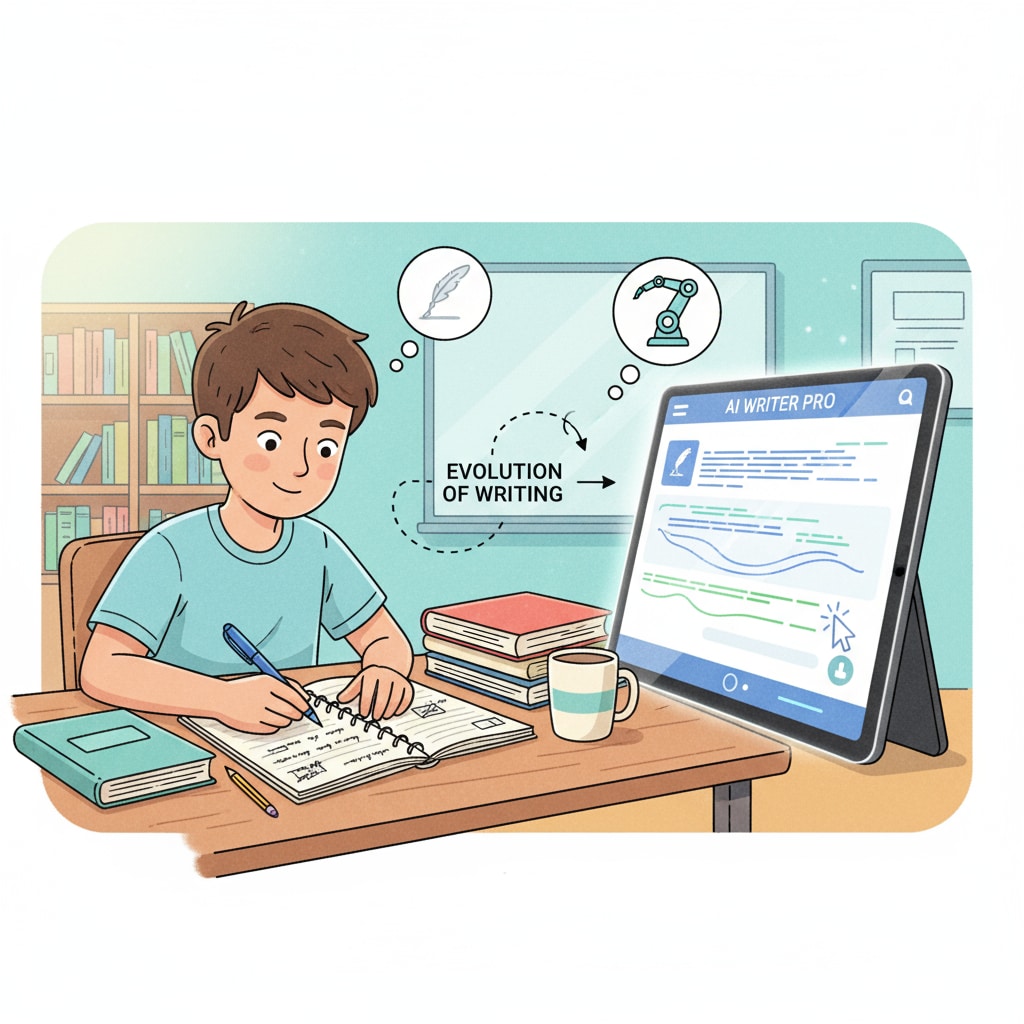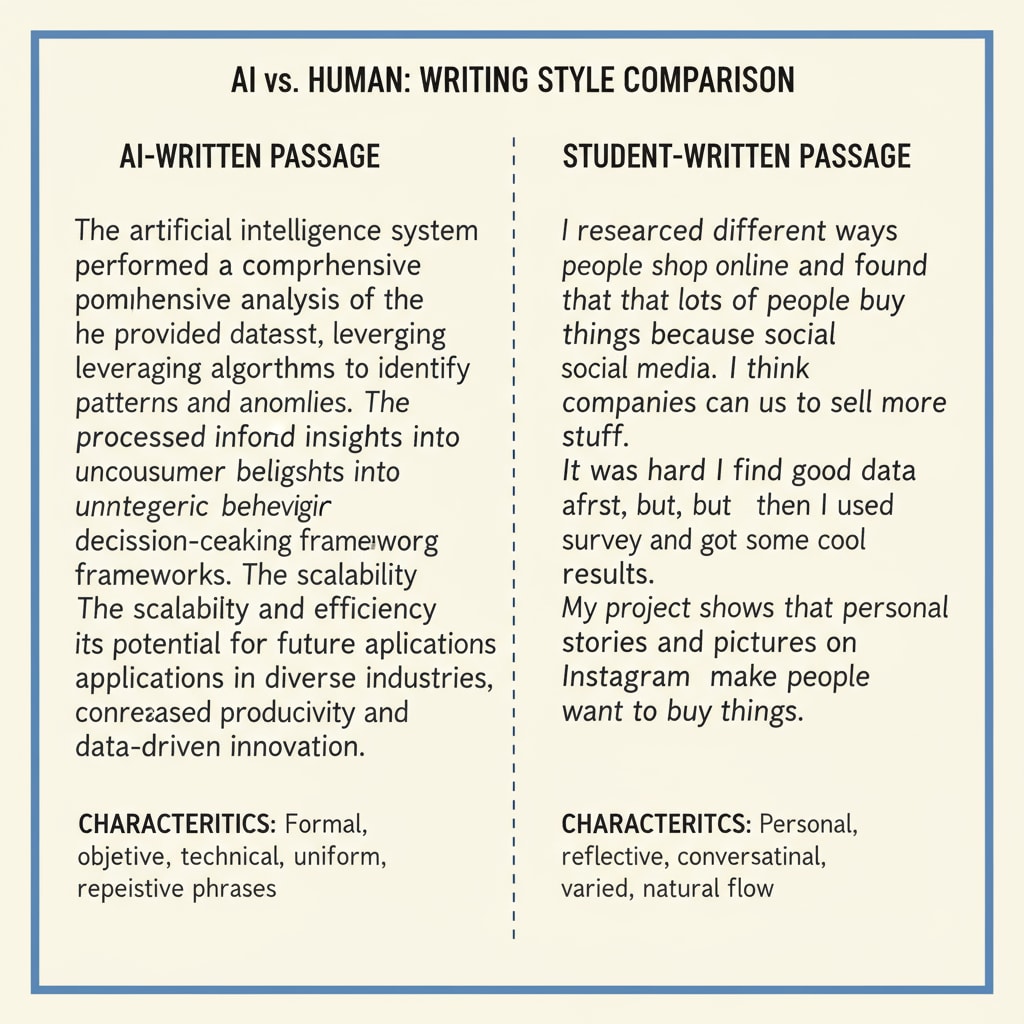In the realm of AI writing, authenticity, and writing teaching, educators are grappling with a new landscape. The widespread use of AI writing tools has presented a novel challenge: how to cultivate students’ authentic writing abilities. This article delves into strategies that involve comparing AI and students’ compositions to help students understand and develop their personal voices, real experiences, and creative thinking.

The Rise of AI Writing and Its Impact on Writing Education
AI writing has emerged as a powerful force in recent years. Tools like GPT-3 can generate text on various topics with remarkable fluency. This has both positive and negative implications for writing education. On one hand, it can serve as a resource for inspiration and assistance. On the other hand, it poses a threat as students may be tempted to rely too heavily on it, sacrificing their own creative and authentic writing development. For example, some students might submit AI-generated essays without truly engaging in the writing process. According to Artificial intelligence in education on Wikipedia, the integration of AI in education requires careful consideration to ensure it doesn’t undermine the development of students’ writing skills.
Understanding the Differences between AI and Student Writing
One of the key differences lies in the aspect of authenticity. Student writing is often infused with personal experiences, emotions, and perspectives. It reflects their growth, learning, and unique ways of seeing the world. In contrast, AI writing, while proficient in grammar and vocabulary, lacks true authenticity. It generates text based on patterns and data it has been trained on. Another difference is in creativity. Students can bring unexpected ideas and interpretations to their writing, while AI writing tends to follow more predictable patterns. As stated in Artificial intelligence on Britannica, AI’s creativity is limited by its programming and training data.

To cultivate students’ authentic writing abilities, educators can use these differences as teaching opportunities. By comparing AI and student writing, students can gain a deeper understanding of what makes their writing unique. Teachers can guide students to analyze how their personal experiences, voices, and creativity are expressed in their writing compared to AI-generated text.
Readability guidance: As we can see, understanding the differences between AI and student writing is crucial. By highlighting these differences, educators can better guide students in developing their authentic writing skills. Short paragraphs and clear explanations help students grasp these concepts easily. Transition words like “while” and “in contrast” are used to smoothly present the differences.


